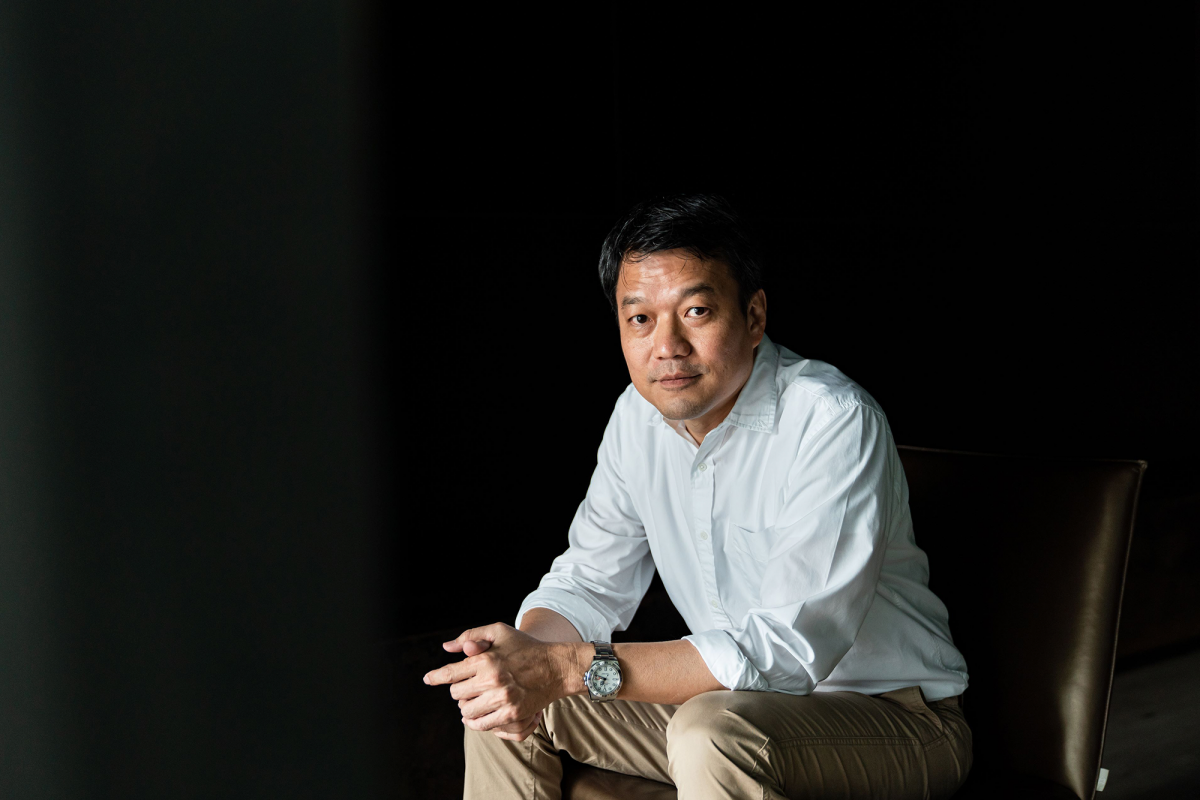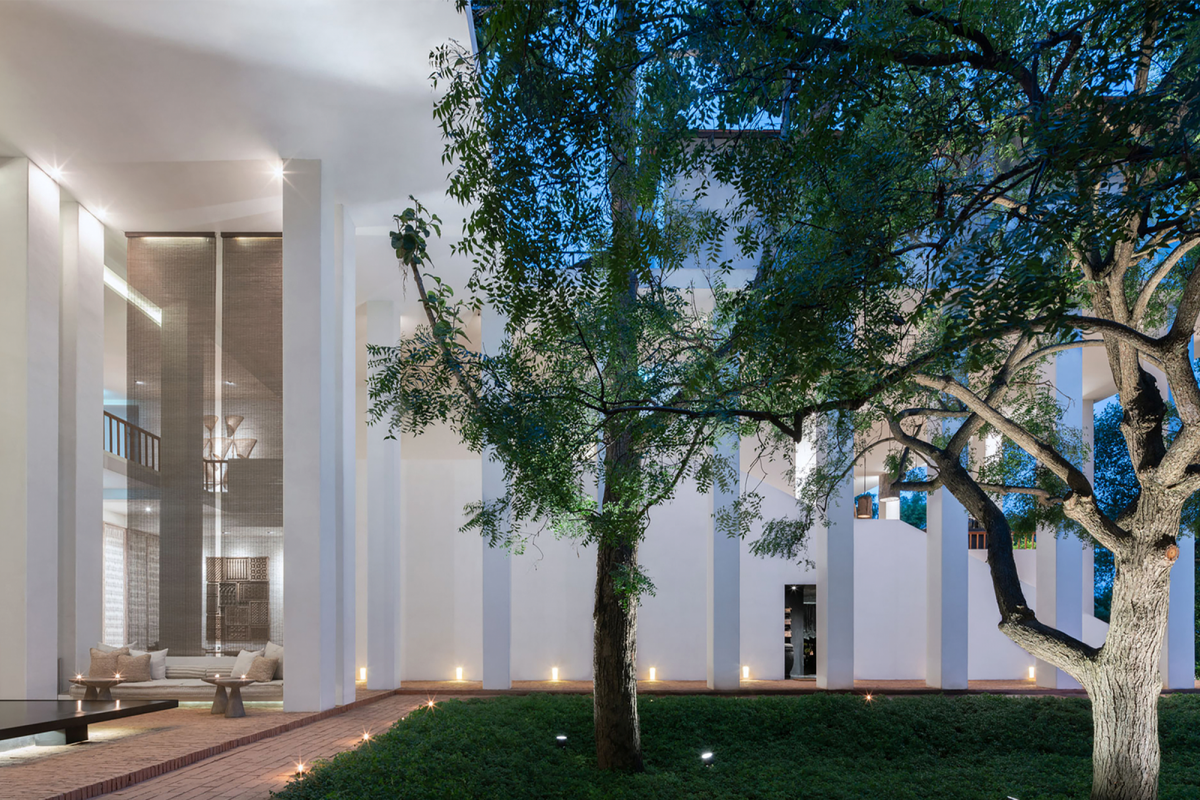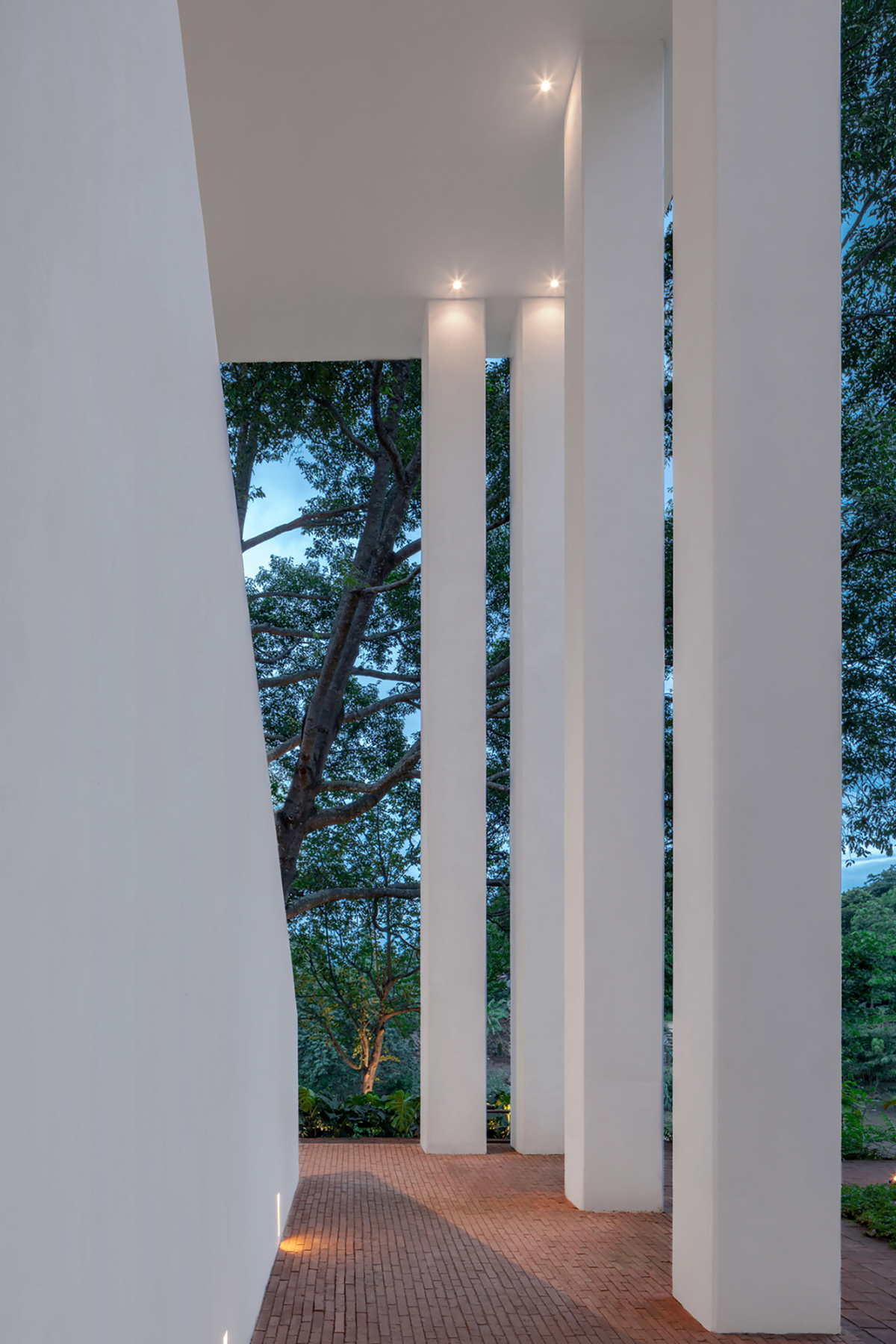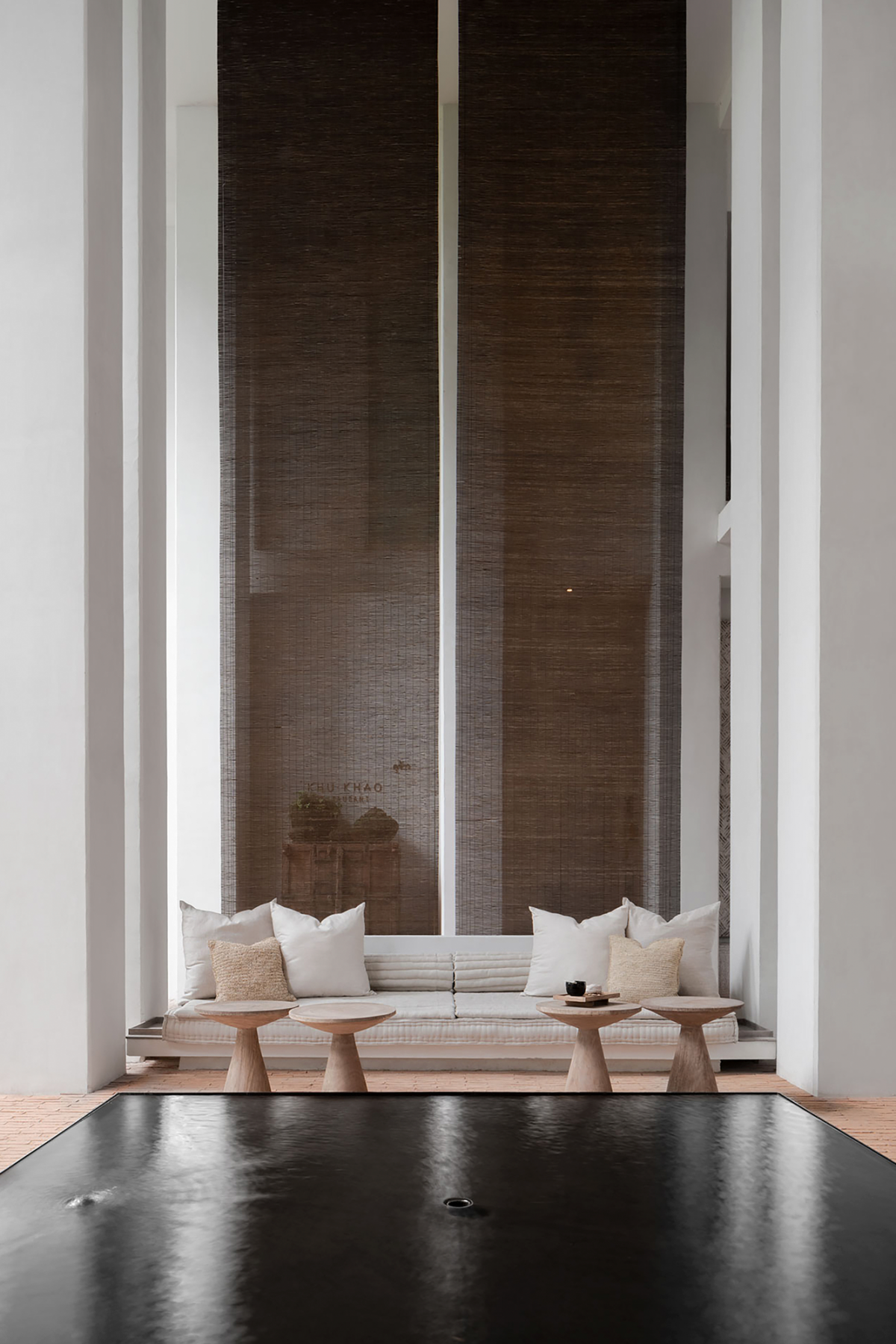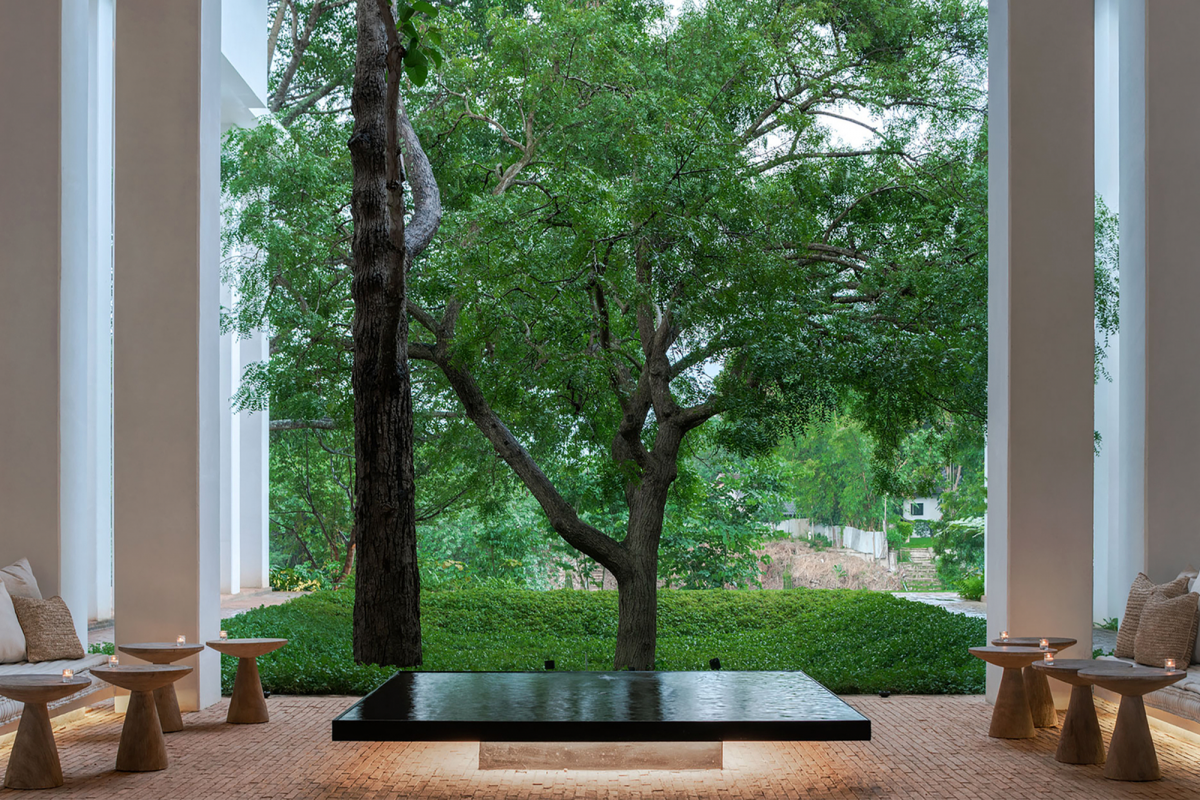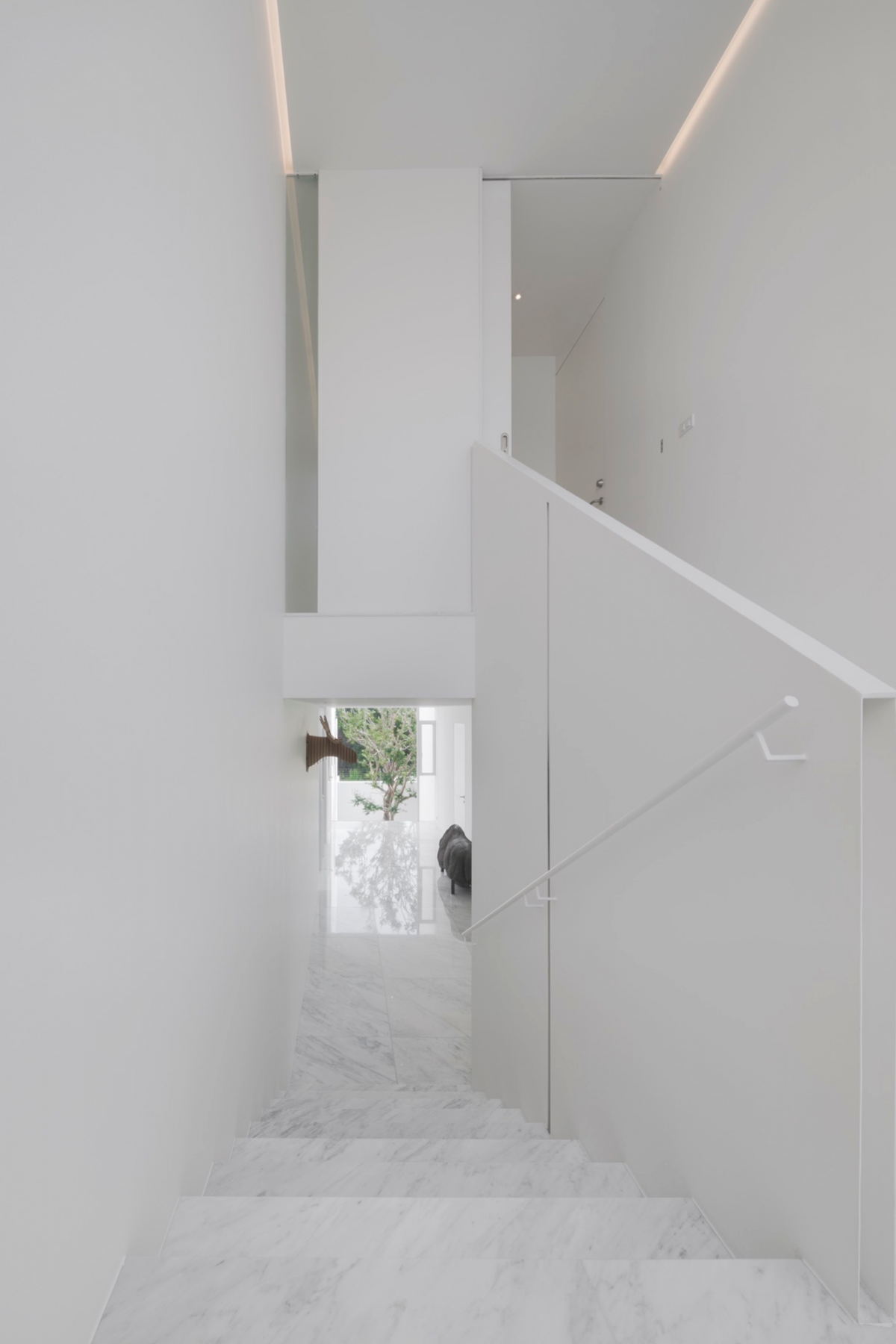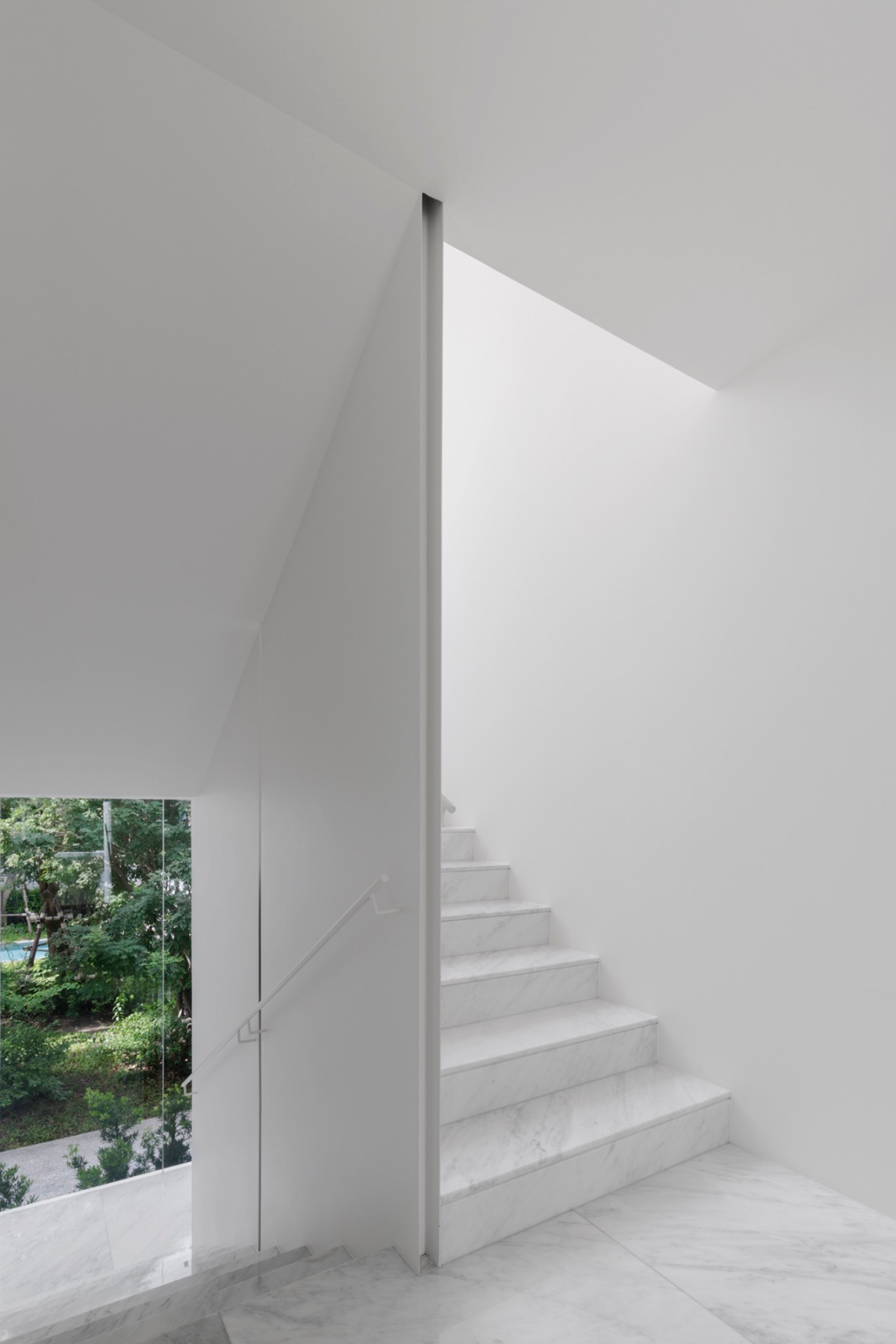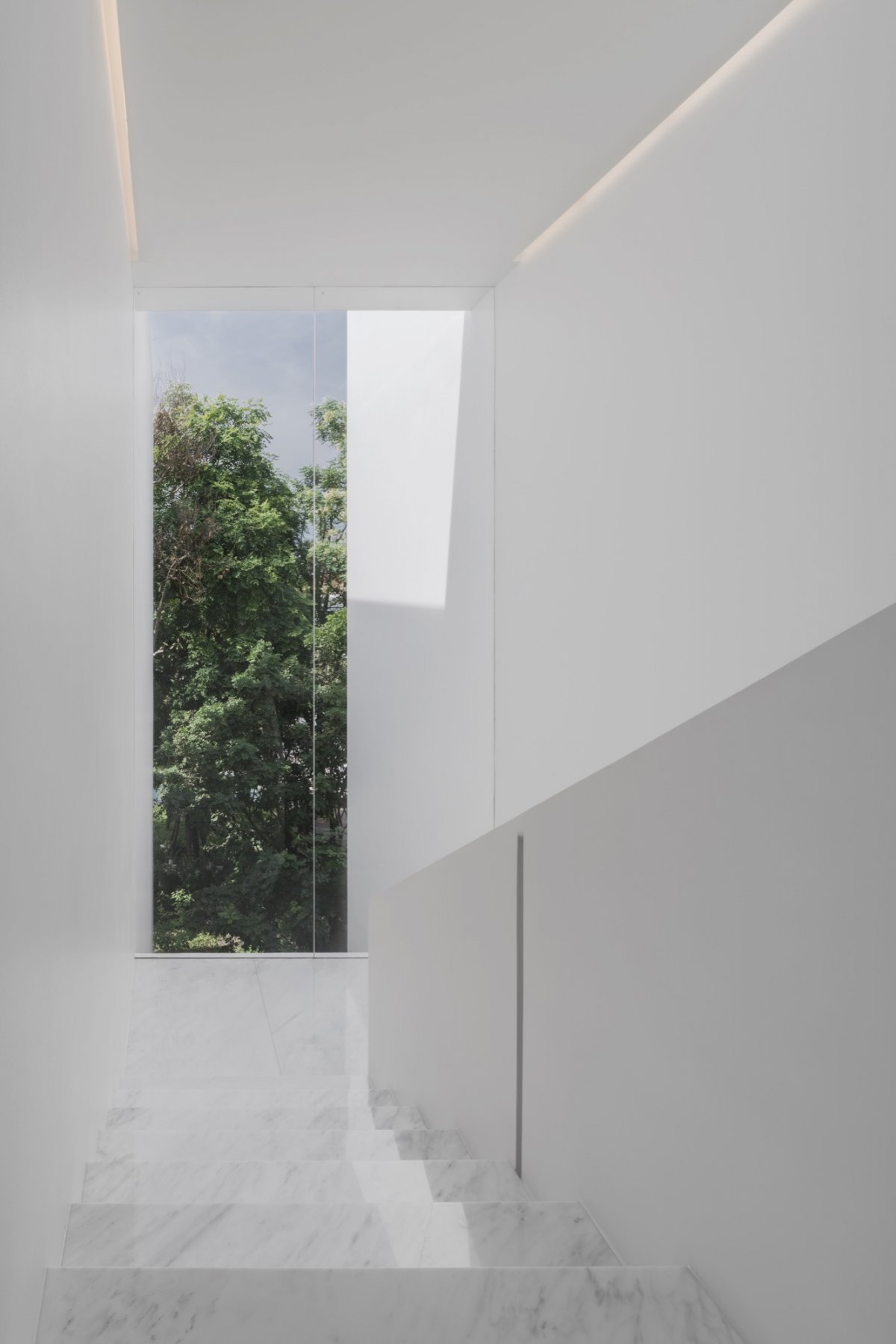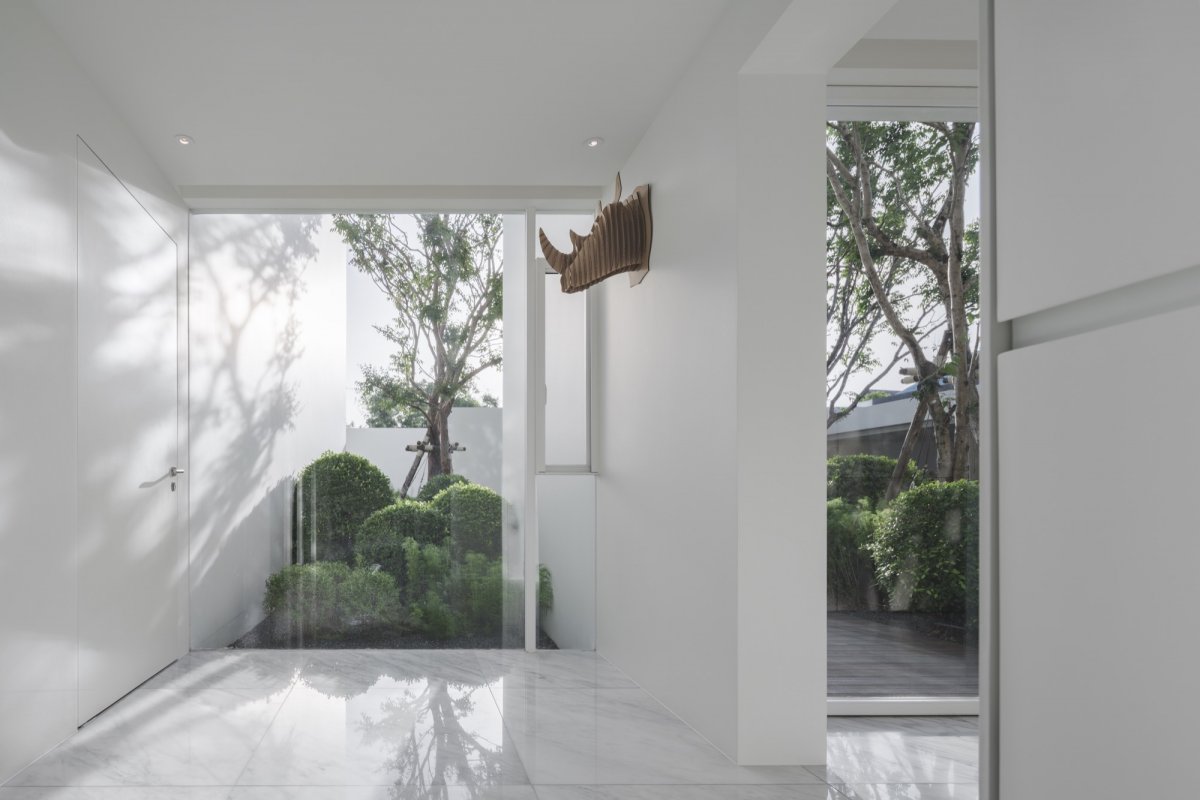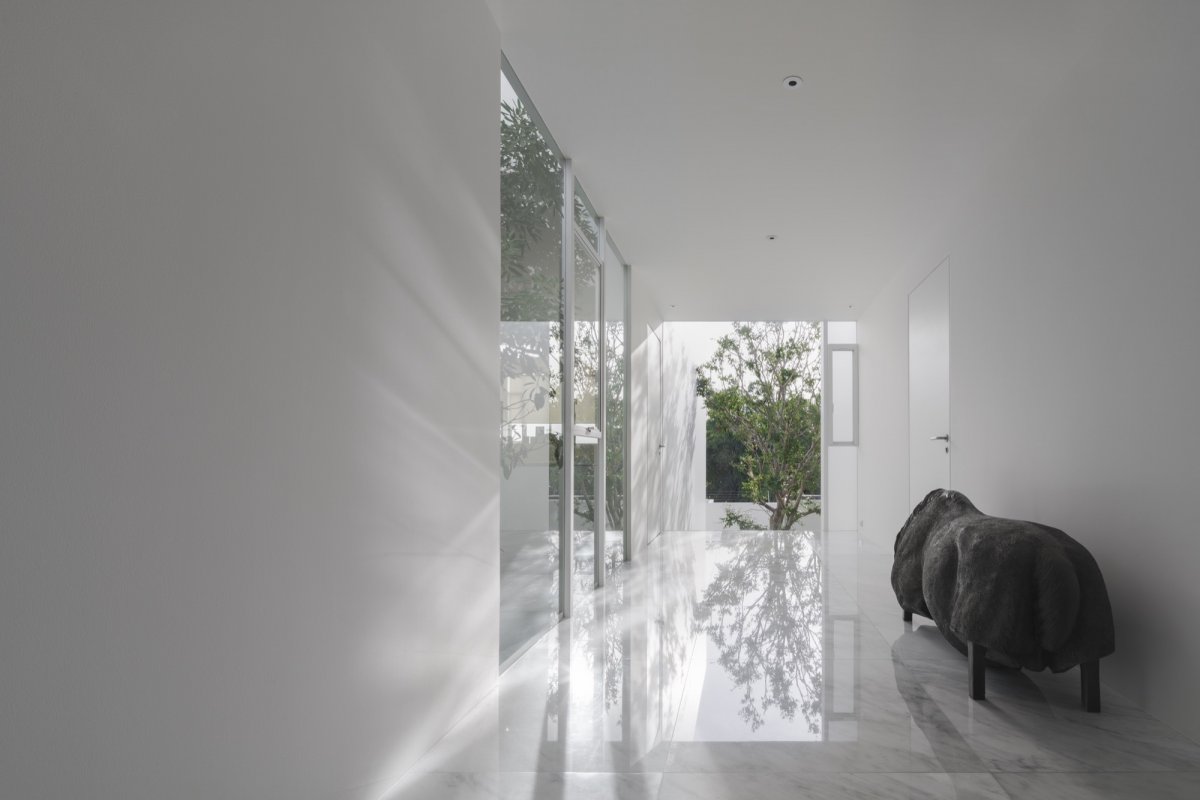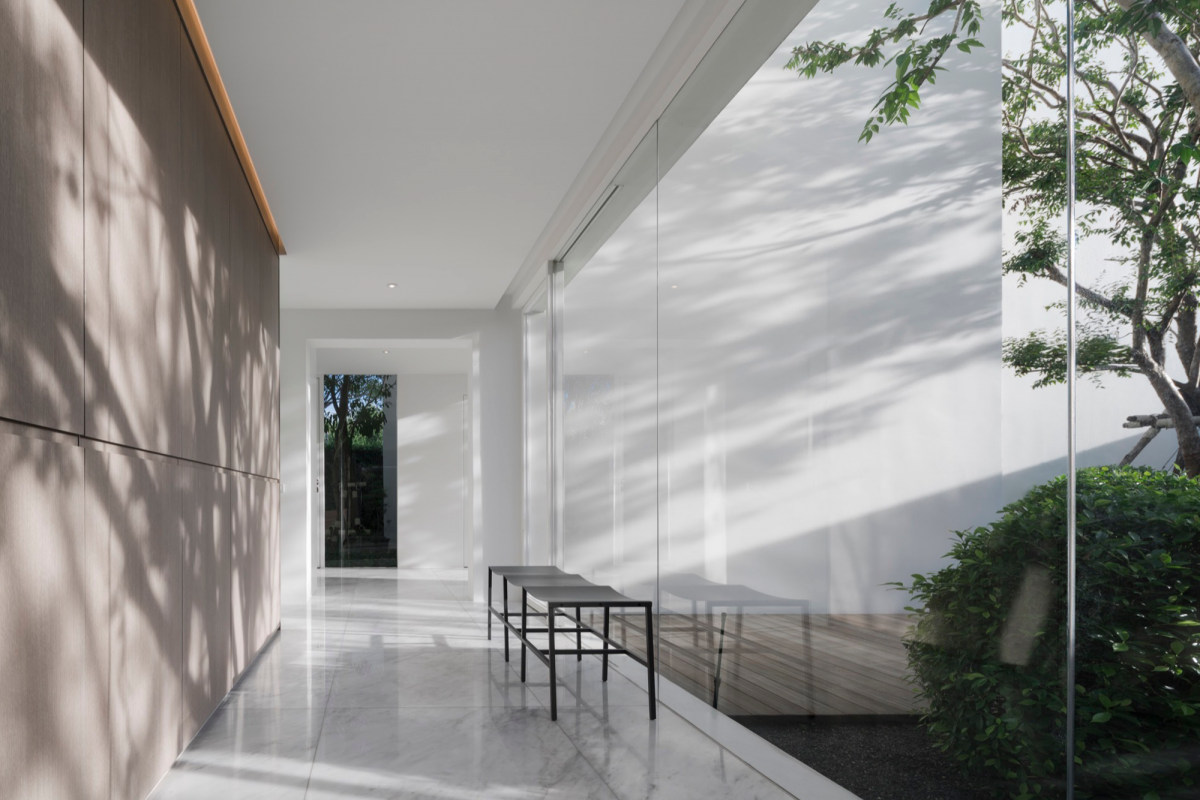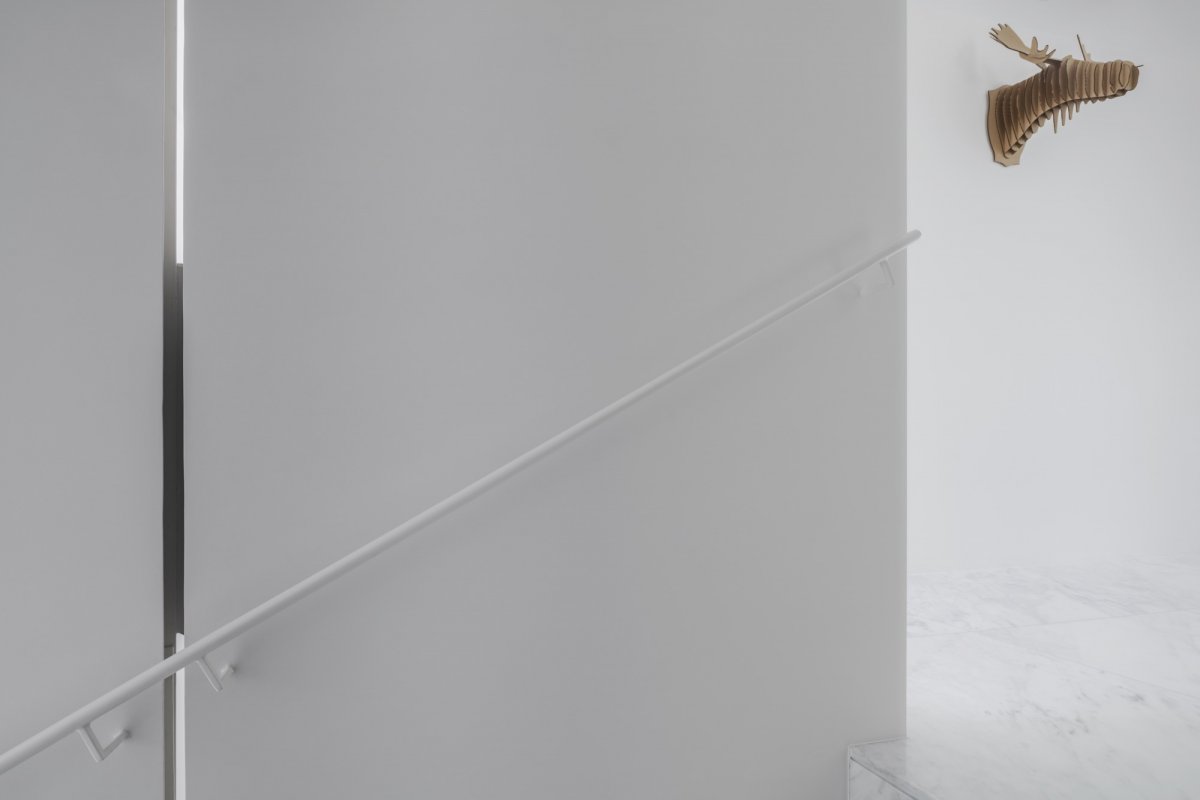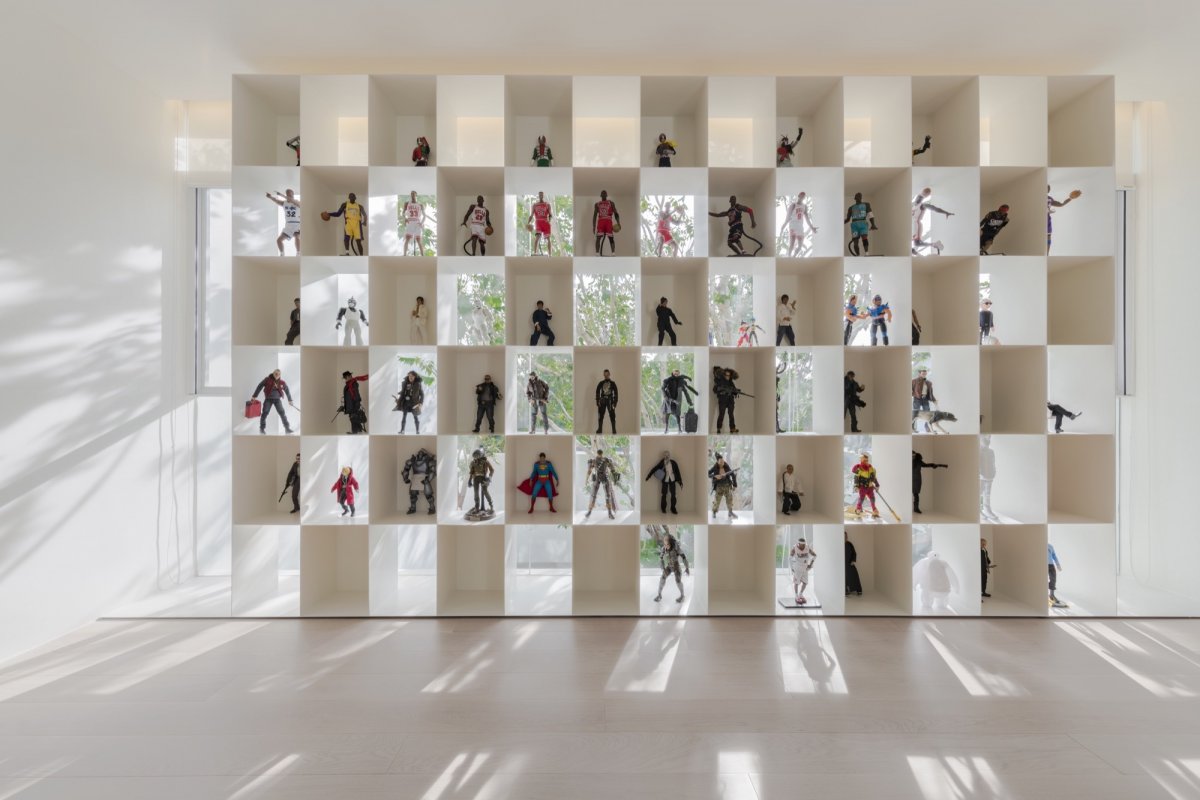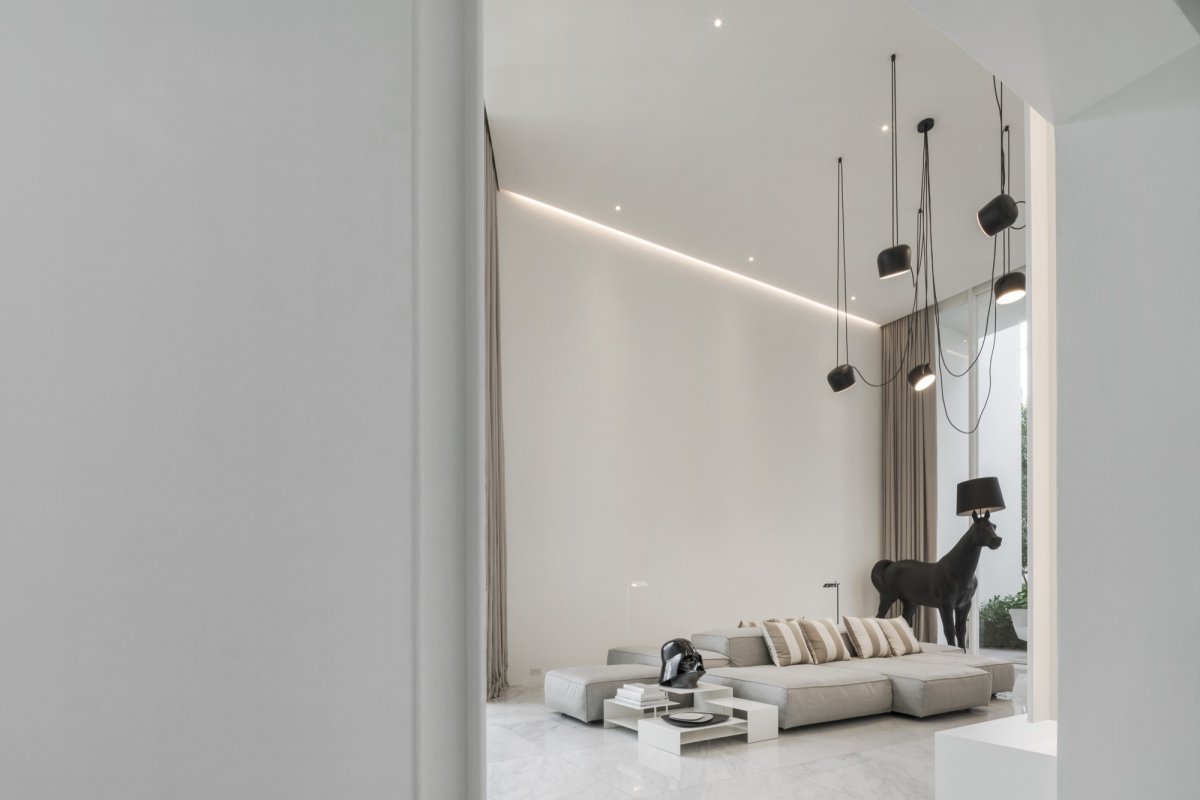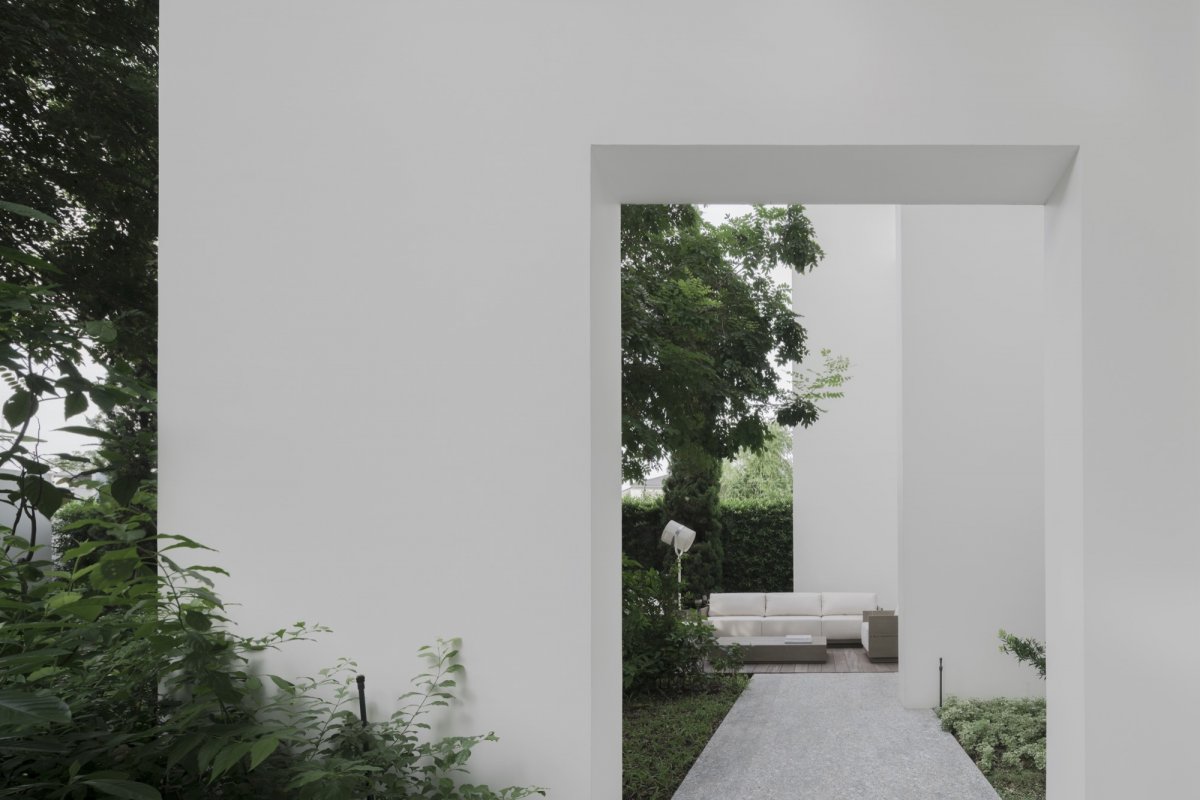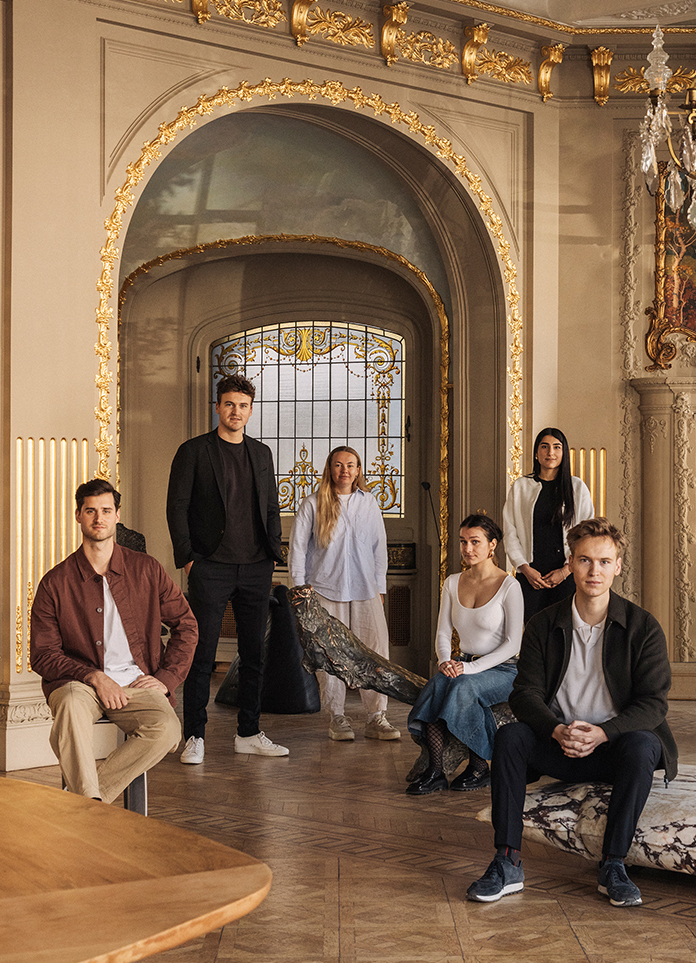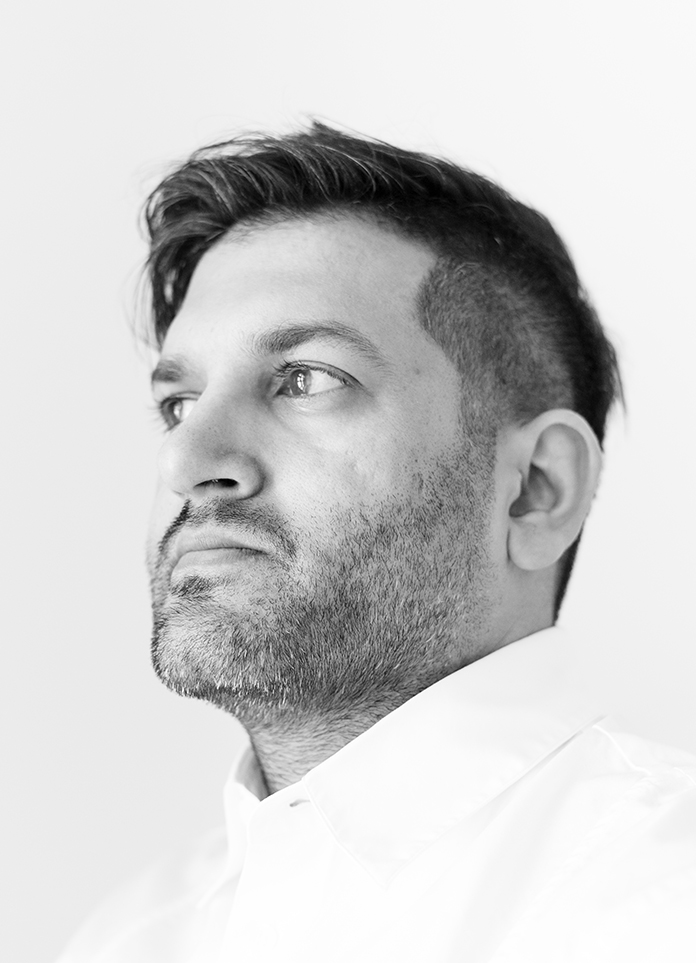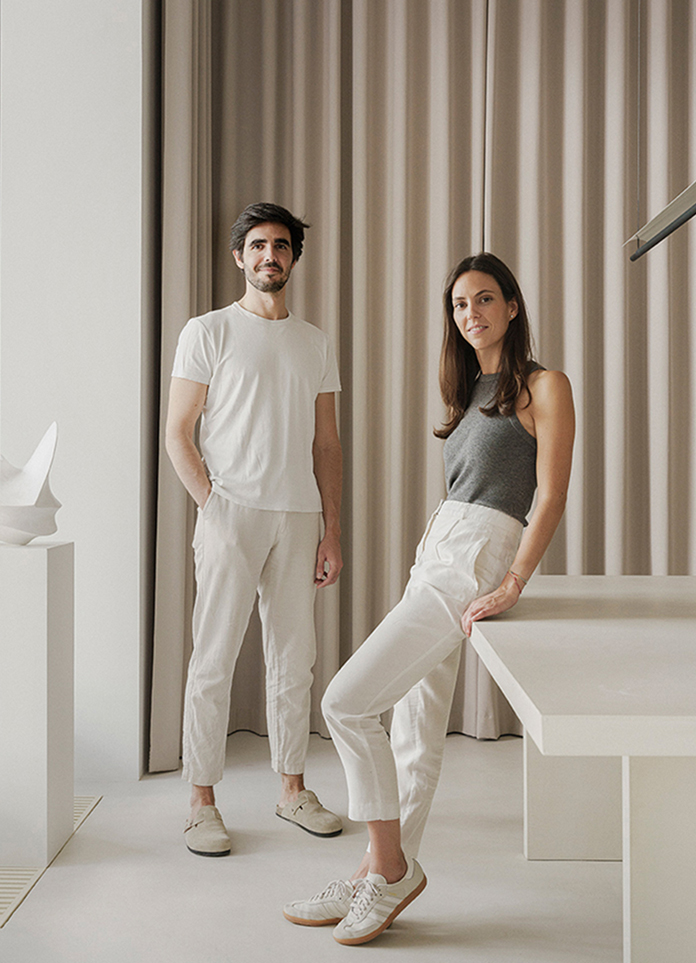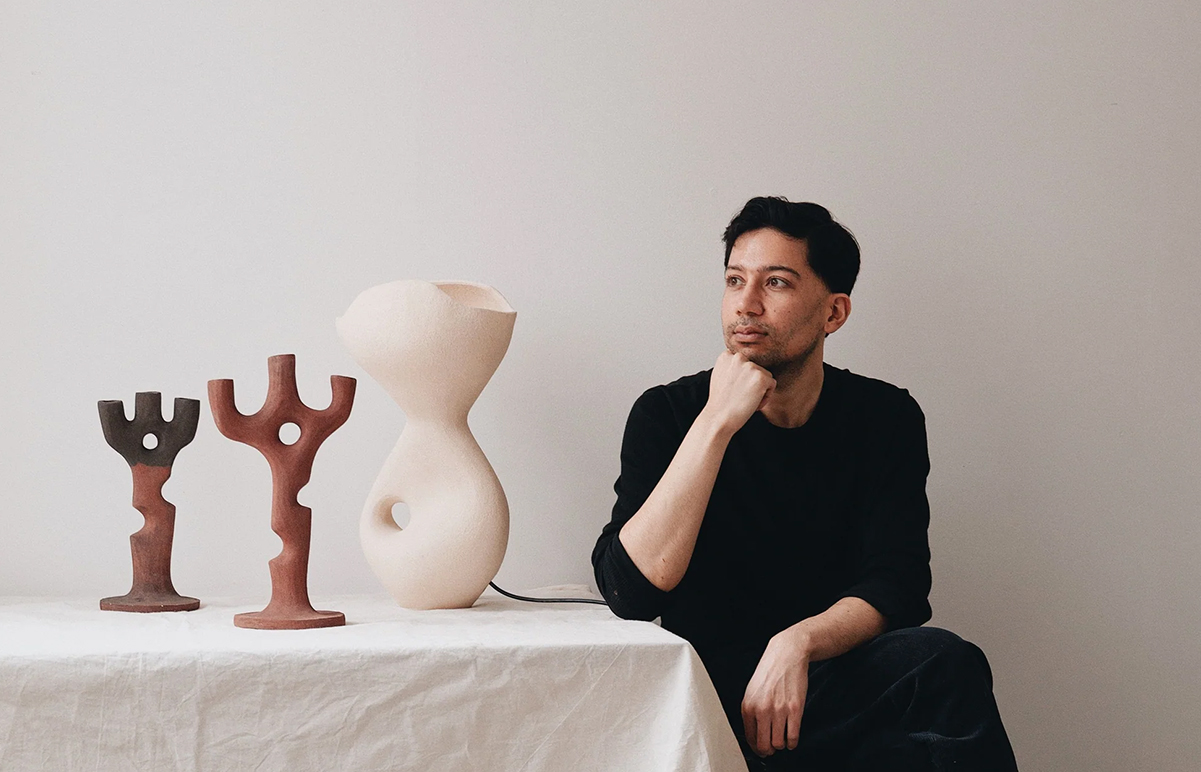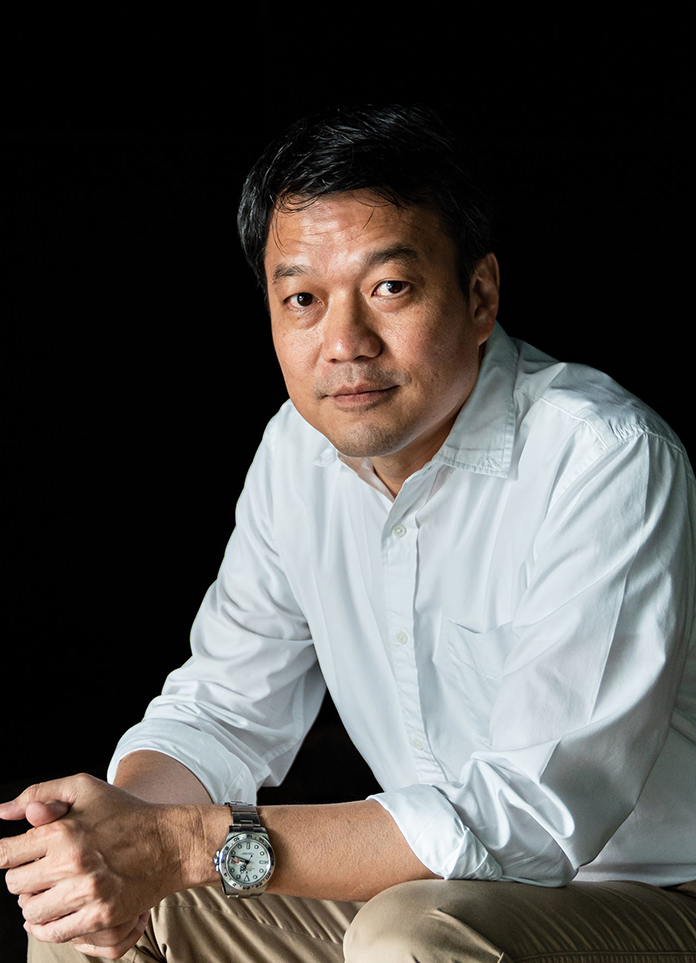
Boonlert Hemvijitraphan is the founder of Thai architectural firm BOON DESIGN. His designs usually maintain a pure form and seemingly surreal theme, blending the local local culture of Thailand, combining tradition and modernity, while maintaining awe of nature. So that his works always maintain a quiet, low-key, introverted and full of poetic architectural features.
Yinji: Why did you name the company BOON DESIGN? What philosophy does it represent?
Boonlert: In Thai, the word boon translates to the sense of entirety or completeness. Meanwhile, it also stands for something helpful or beneficial in English. I believe that design is the process of making a better life. Therefore, Boon Design stands for the fulfilling design for better living.
Yinji: What enlightenment does the local culture of Thailand bring to your design?
Boonlert: What I integrate into my design in an urban and modern context is the valuable spirit of tropical Thais’ indigenous settlement which is tailored to suit Thailand’s challenging weather conditions. The misutilization of modernity without listening to mother nature causes countless relevant problems such as floods, the attraction of termites, overheating, and dampness. With our ancestor's paths of wisdom concerning our surroundings and the integration of modern materials and technology, I believe we could certainly provide an extremely natural and comfortable place of residence for anyone.
Yinji: Which design masters do you like? What impact did they bring to you?
Boonlert: Firstly, Peter Cook, my professor at Bartlett school, had ignited me and gave me insight into finding the possibilities in programmes for spaces. Secondly, Luis Barragan whose created the native Mexican spaces with modern architectural language. Next, Geoffrey Bawa who seamlessly combines both traditional and contemporary and blends them with nature.
Yinji: What do you think of minimalism?
Boonlert: To me, minimalism is beyond an aesthetic style. Instead, I believe that minimalism is all about ‘lifestyle’. Lifestyle is something valuable and significant as it is the way of life for those who adopt it. With this concept in mind, Minimalism would then be the pared-down of things to their essence in life, not style.
Yinji: In your work: How to integrate people and nature?
Boonlert: My principle is to live with nature, not against it. Nature will tell us what we need to do. For example, shade and shadow found in transition spaces of traditional Thai architecture function as a semi-outdoor living space which also cools down the heat from the outside. Another aspect of nature we have to be in tandem with is the different seasons. In Thailand, you will have to be considerate of impactful geographical factors such as the heavy rain in the monsoon season and the hot and humid climate throughout the year.
Yinji: How do you see the impact of different materials on space?
Boonlert: Each material has different natural properties due to its origin. Concrete could be heavy and cold. Timber, with its porous property, could be cool in summer and warm in winter. Steel could be hot under the sun and cold under low temperatures. Stone could be heavyweight and dense in mass which contrasts with the transparency and seemingly weightlessness of glass. We can use all those properties to serve different functions as needed and their beauty will come along naturally as an aesthetic balancing act, creating an equilibrium.
Yinji: When you start a new project, how do you get design inspiration?
Boonlert: Everything on earth has its own story and spirit. With meditation, I always sense it through my mind. I then interpret that relevant programme of spaces into my design to serve both for function and spirit of that place.
Yinji: How do you see the impact of the differences between Eastern and Western cultures on architectural design?
Boonlert: Nowadays, the boundary between cultures seems to be decreasing rapidly. To me, the difference between Eastern and Western culture is irrelevant. We only need to pick and make the right decision for the right place by listening carefully to the nature where the architecture belongs. By following this principle, the decisions made will always be appropriate regardless of conventions and trends.
- Architect: Boon Design
- Words: Ying
